Today, I’m sharing another favorite artist of mine: Mark Green. I’ve known Mark for about 20 years, after meeting him in the workplace where we shared an office space as illustrators, and we’ve continued a great friendship since. He’s not only one of my favorite artists, but one of my favorite human as well.
Our process and intent in our work is similar in that we build up our painting from abstract and ethereal to realized forms, and predominantly work in an experimental, reactive manner, from imagination and memory, as if in a dialog with the painting. Overall, though our subjectmatter and some of the materials we use may be different, we share a love of the act of painting.
I’m honored to call Mark a friend, and to share his work with you here.
Mark draws inspiration from a multitude of architectural sources, and attempts to connect reality with abstraction in his work. After spending seven years painting and teaching (at the Parsons School of Design) in Paris, he narrowed his focus from landscape imagery to invented architectural images. “Living in the Paris suburbs, I walked past countless houses with imposing facades on my commute to Parsons. I began incorporating aspects of those many architectural ‘faces’ into a series of house ‘portraits.’” When creating his house paintings, he enjoys the inventive freedom of combining reality-inspired architectural images with aspects of his imagination, yielding wholly fictitious houses. “With each house image, there are endless possibilities of manipulating its components to achieve evocative effects,” he says.
The architectural subject is used as a structural vehicle to explore formal artistic concerns such as light, space, and color. Each painting begins with a predetermined palette of colors that defines the picture’s time of day and atmospheric conditions. Images evolve via a loose, painterly process that includes painting, scraping, wiping and over-painting. Much of what becomes recognizable and specific in the paintings originates from a set of vague, general shapes that are refined until a satisfactory degree of finish is achieved. Melted beeswax is mixed into oil paint to add weight, smoothness, and translucency. The various layers of finished paintings are fused together with a high heat element, sealing them permanently.
Through his experimental combination of reality and imagination, Mark’s paintings become what he describes as hybrid houses. Although houses are the obvious subjects of his work, a greater emphasis is placed on the formal elements of color and light. “The houses are vehicles to explore different types of light with color and tone,” he says.
Mark’s work is profoundly influenced by the landscape paintings of Edwin Dickinson. His first encounter with Dickinson’s paintings was at an exhibition of Dickinson landscapes at the Hirshhorn Museum in the fall of 1980. Dickinson’s paintings are illustrious examples of the balance between perceptual reality and abstraction. “In his numerous alla prima landscape paintings, Dickinson displayed an uncanny ability to juggle his perception of reality with paint’s naturally abstract properties. Viewing Dickinson’s show of landscapes helped me define my own lifelong painterly aspiration to explore the connections between abstraction and figuration,” he says.
Mark continues to place a great deal of emphasis on the application of his paint. After his innumerable artistic experiences, he “came to realize that a meaningful aspect of painting for [him] was ultimately the paint itself.”
In my opinion, Mark’s work is best viewed in person, so if you get the chance to see the work in an exhibition, I highly recommend it. He is currently represented by the Gross McCleaf Gallery in Philadelphia, PA, and is an art instructor in the Upper School at Hackley School in Tarrytown, NY. His new website will launch on August 1st (2018), and there you will find more work posted as well as upcoming exhibitions and other info. Check the site to discover when you’ll be able to view the work up close and personal, and then do yourself a favor and experience it first hand.
**Here is the link to Mark’s new website!>> www.markgreenpaintings.com


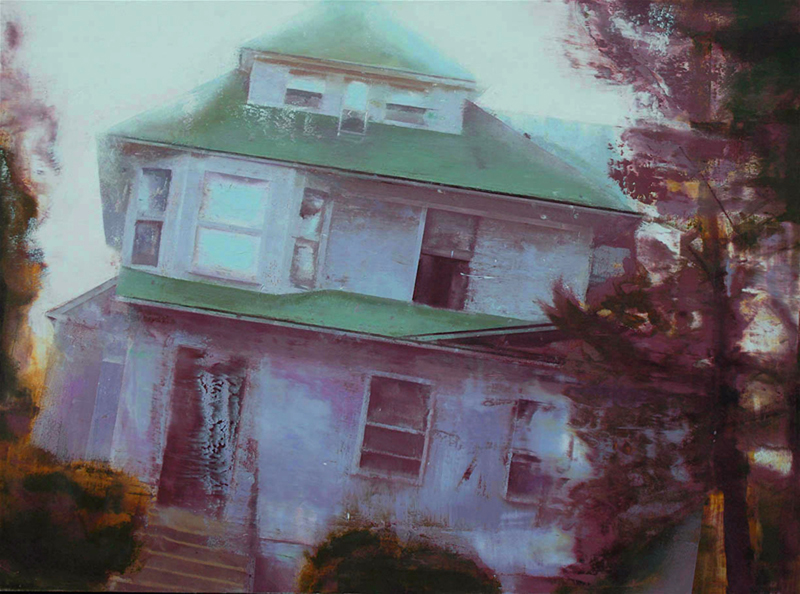
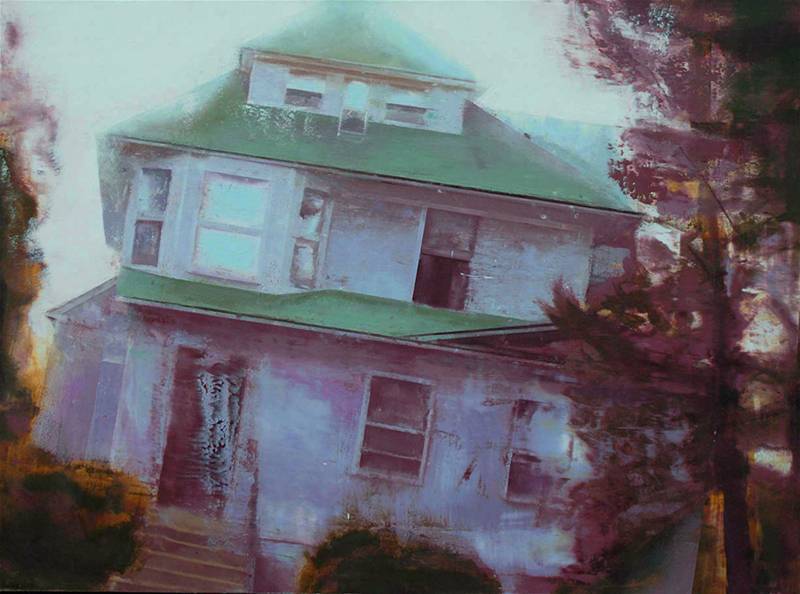

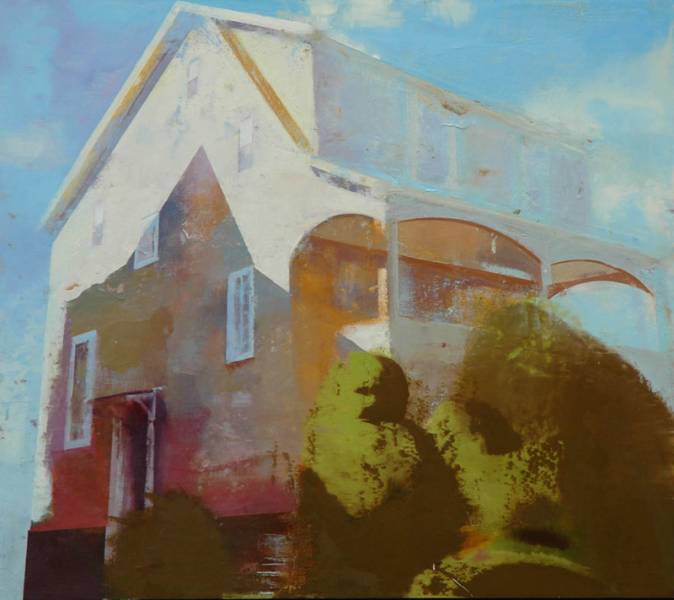

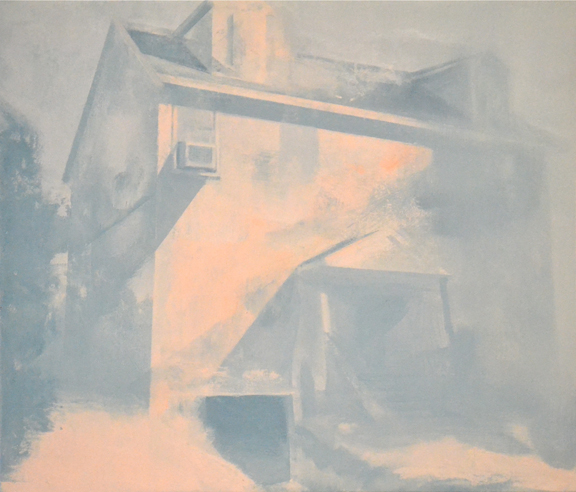
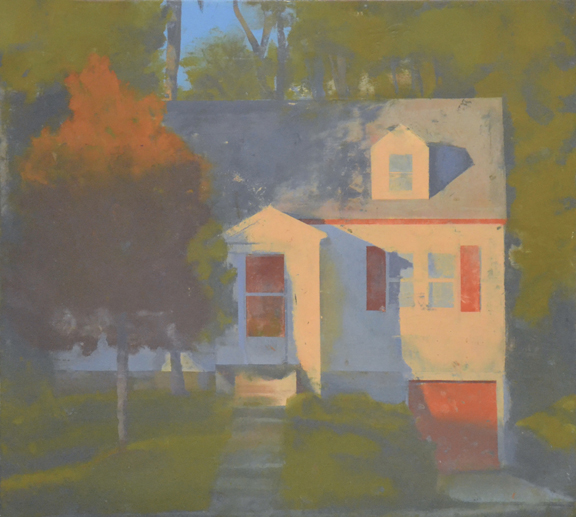
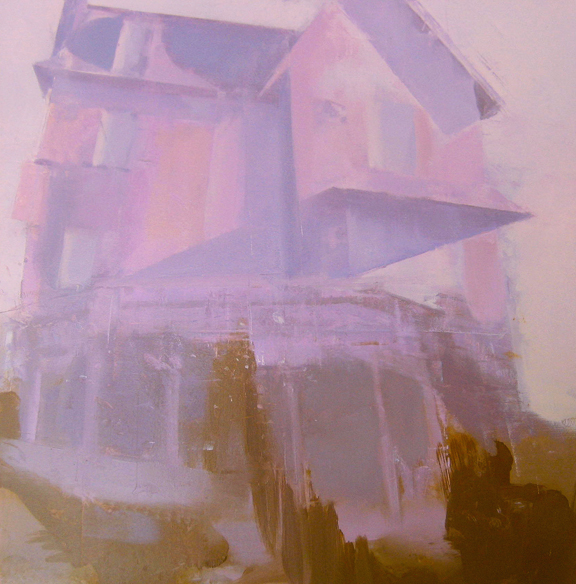
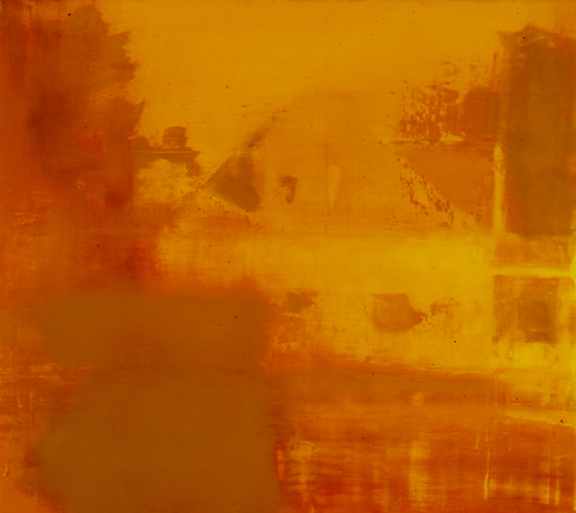

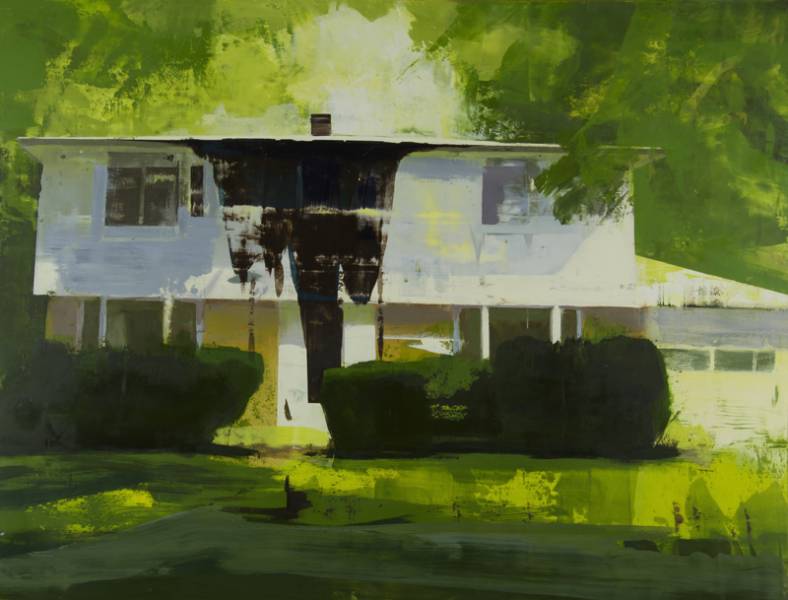
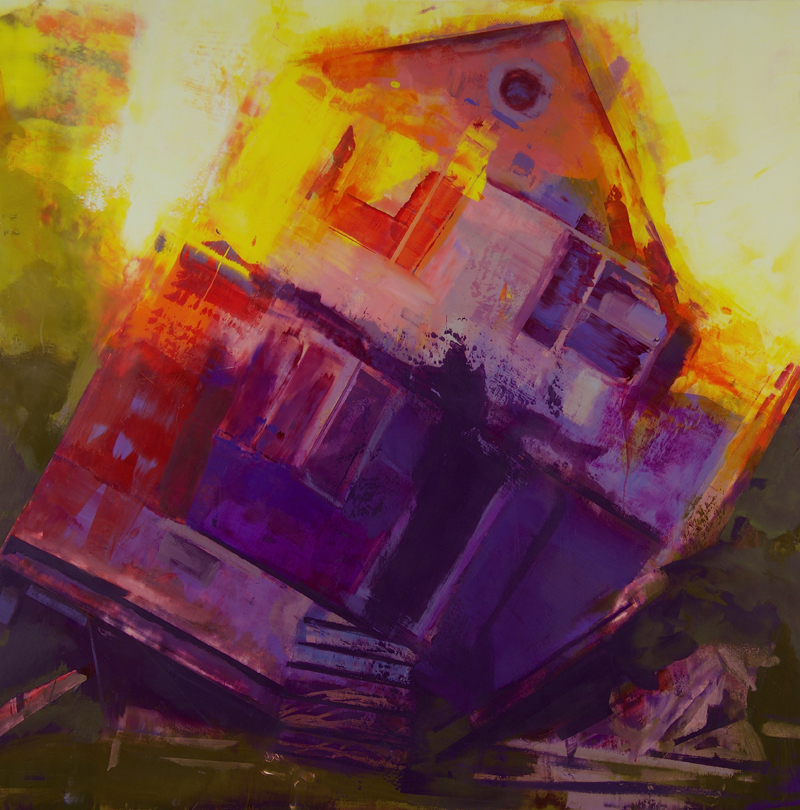
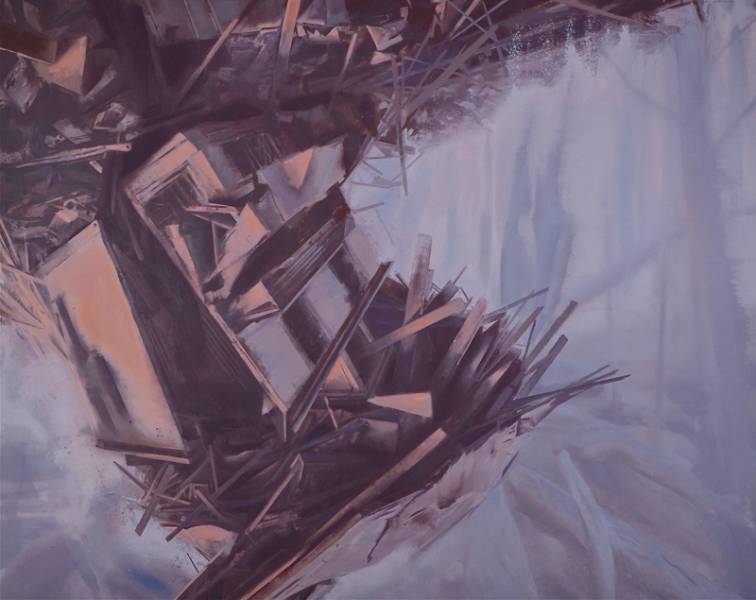

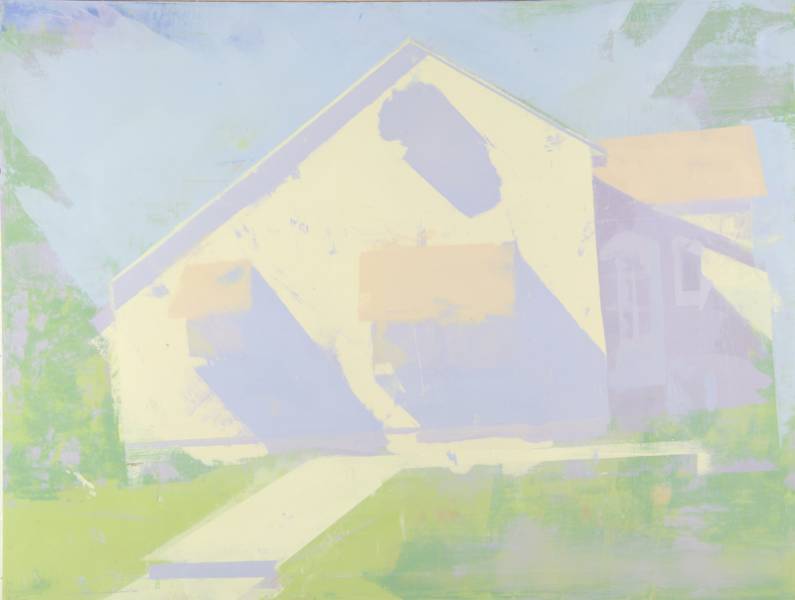
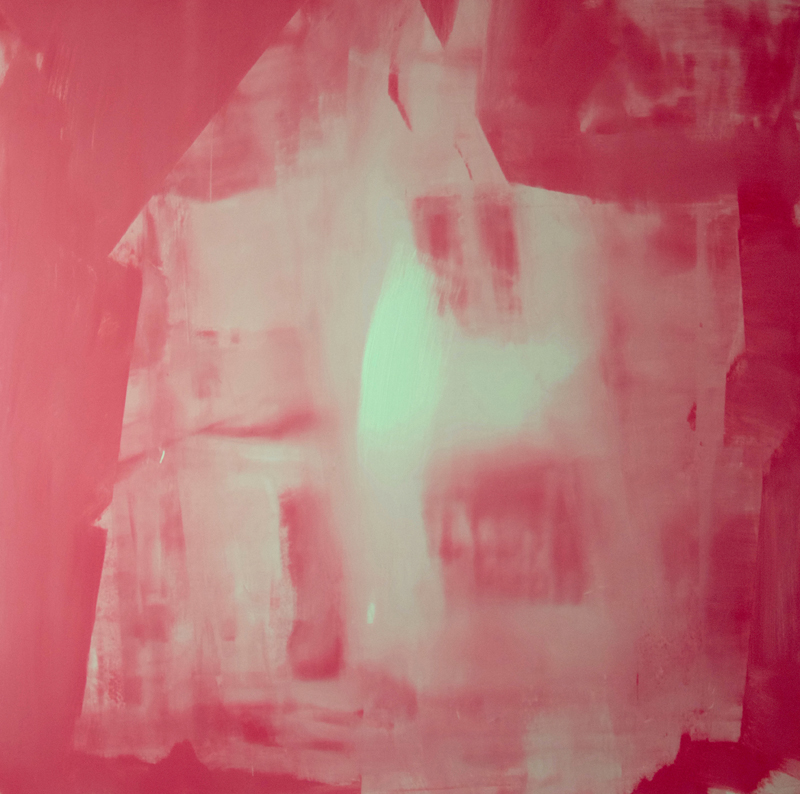
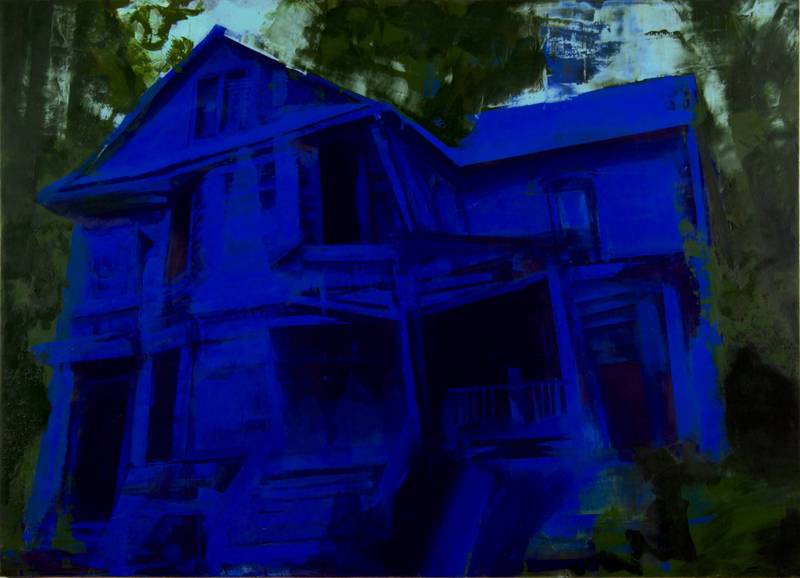
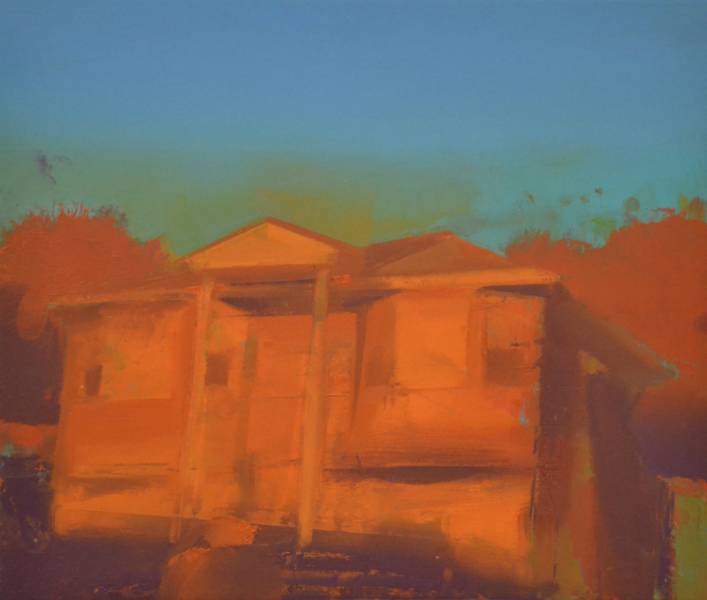
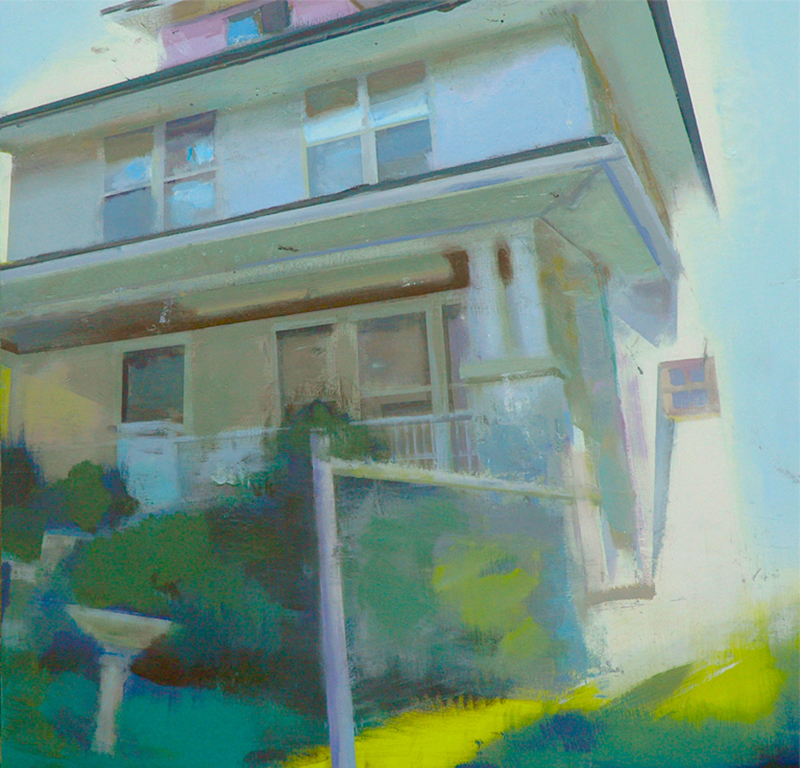
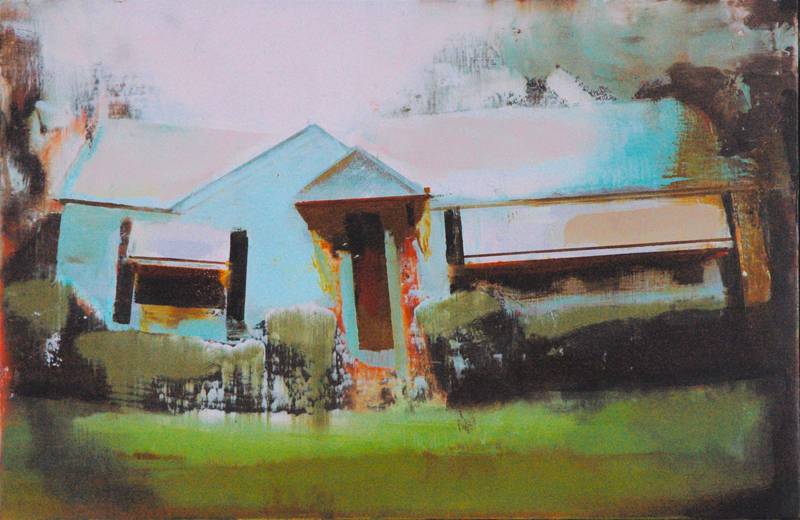
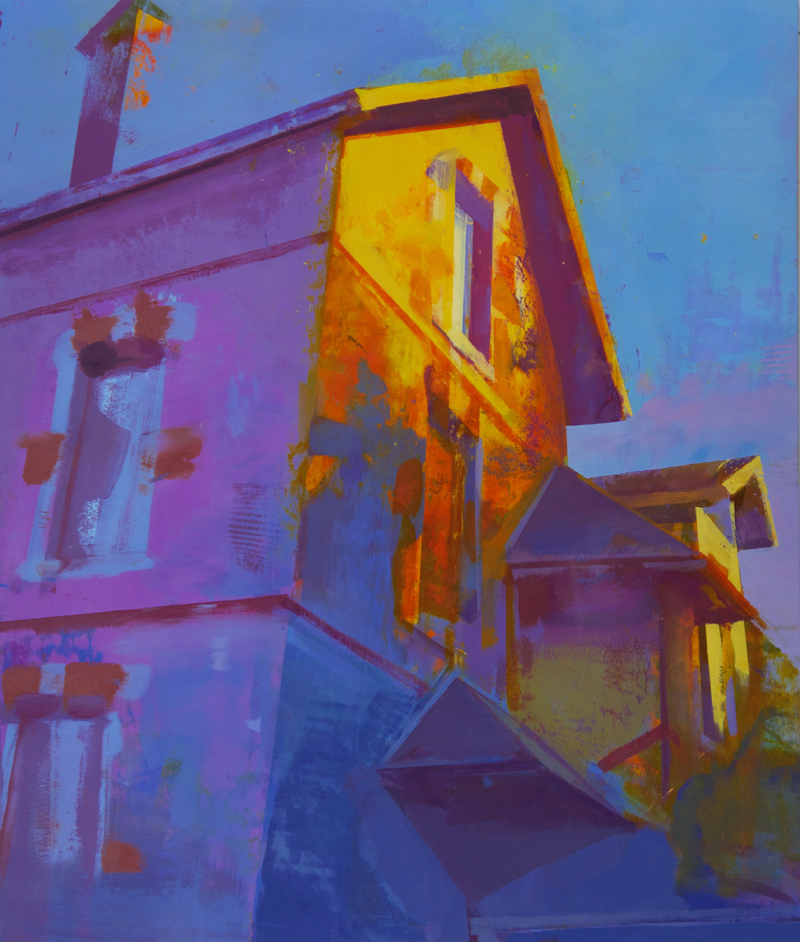

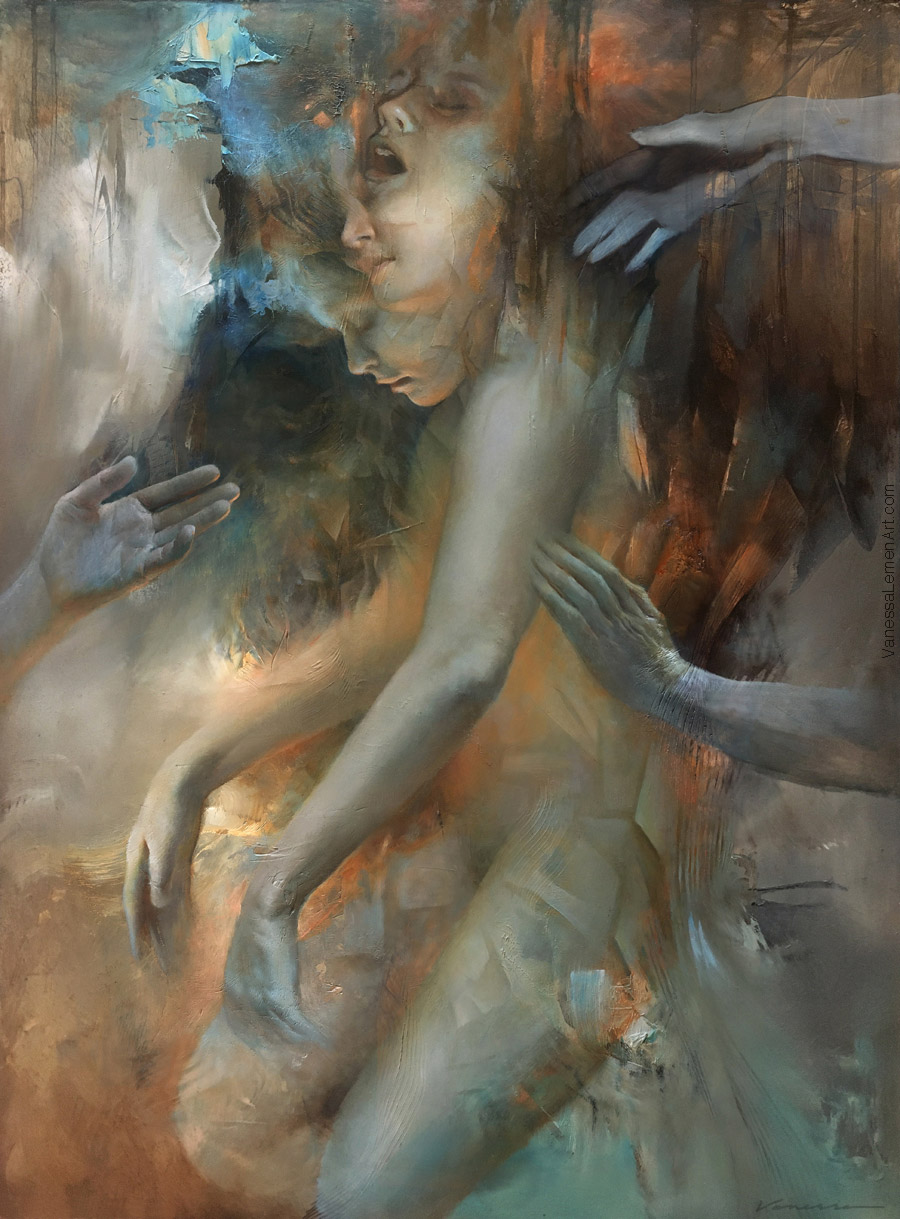
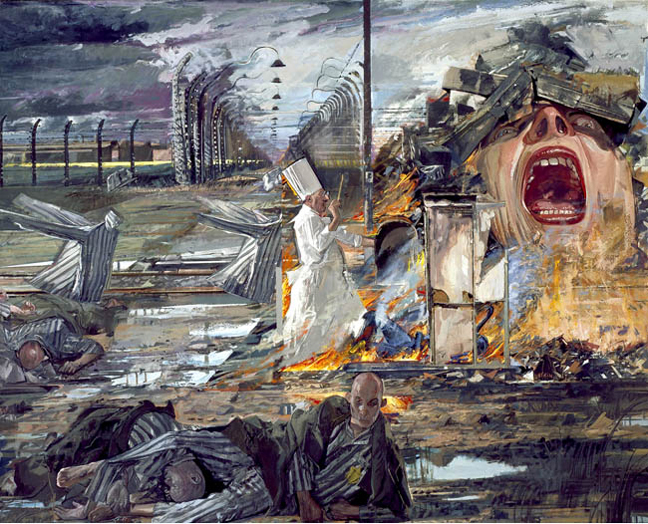
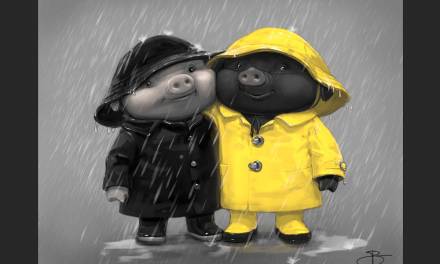

Thank you for the article!
Mark’s work is unique and inspiring and I plan to look at his website.
I love it! Thanks Vanessa.
Marks work is really terrific as well as the article. I liked that you described his process. It looks like he projects the drawings. They are so well done. The close range of values and the parts he leaves out are inspiring. I was not familiar with him but am glad to be now. Thanks.
This is really a fantastic project for me